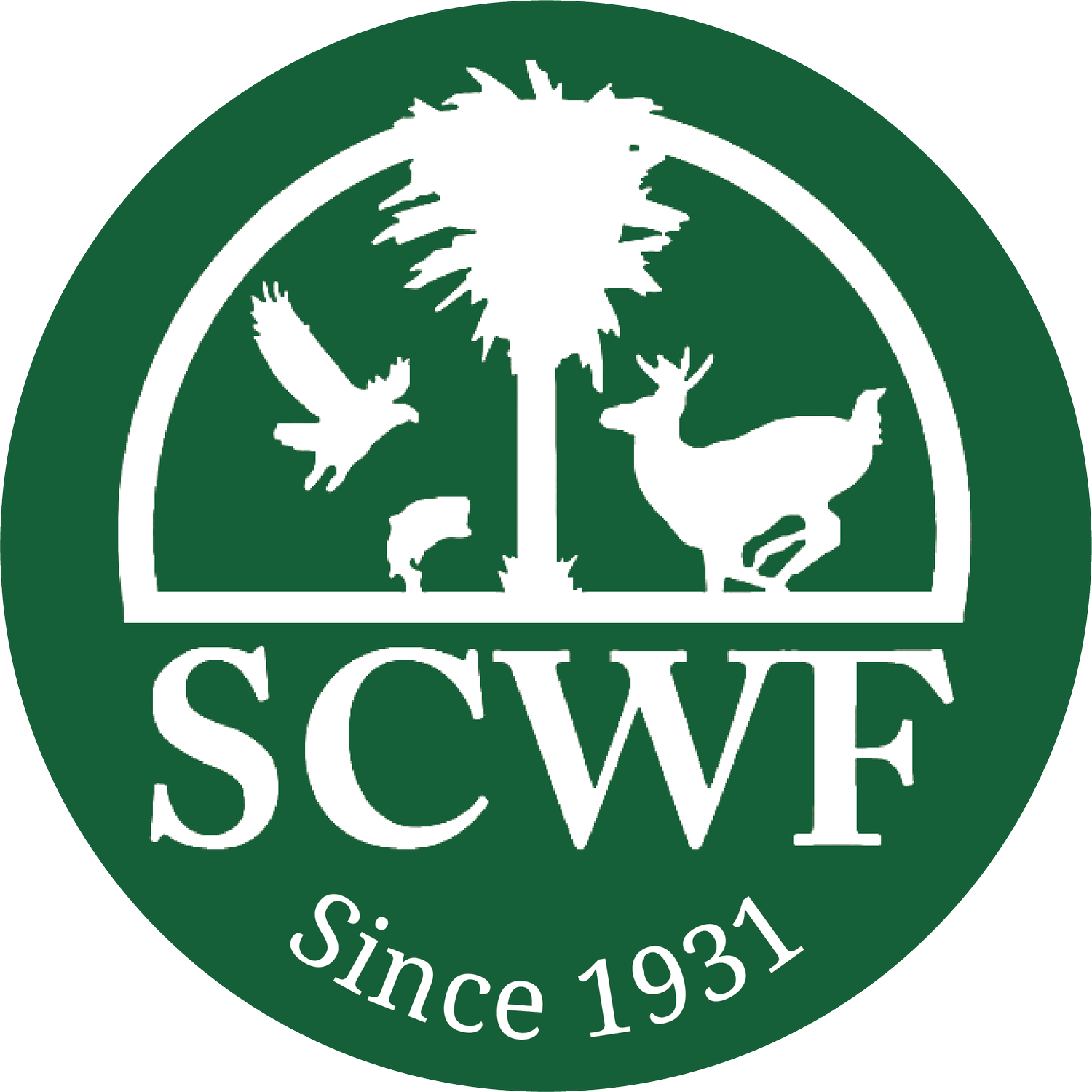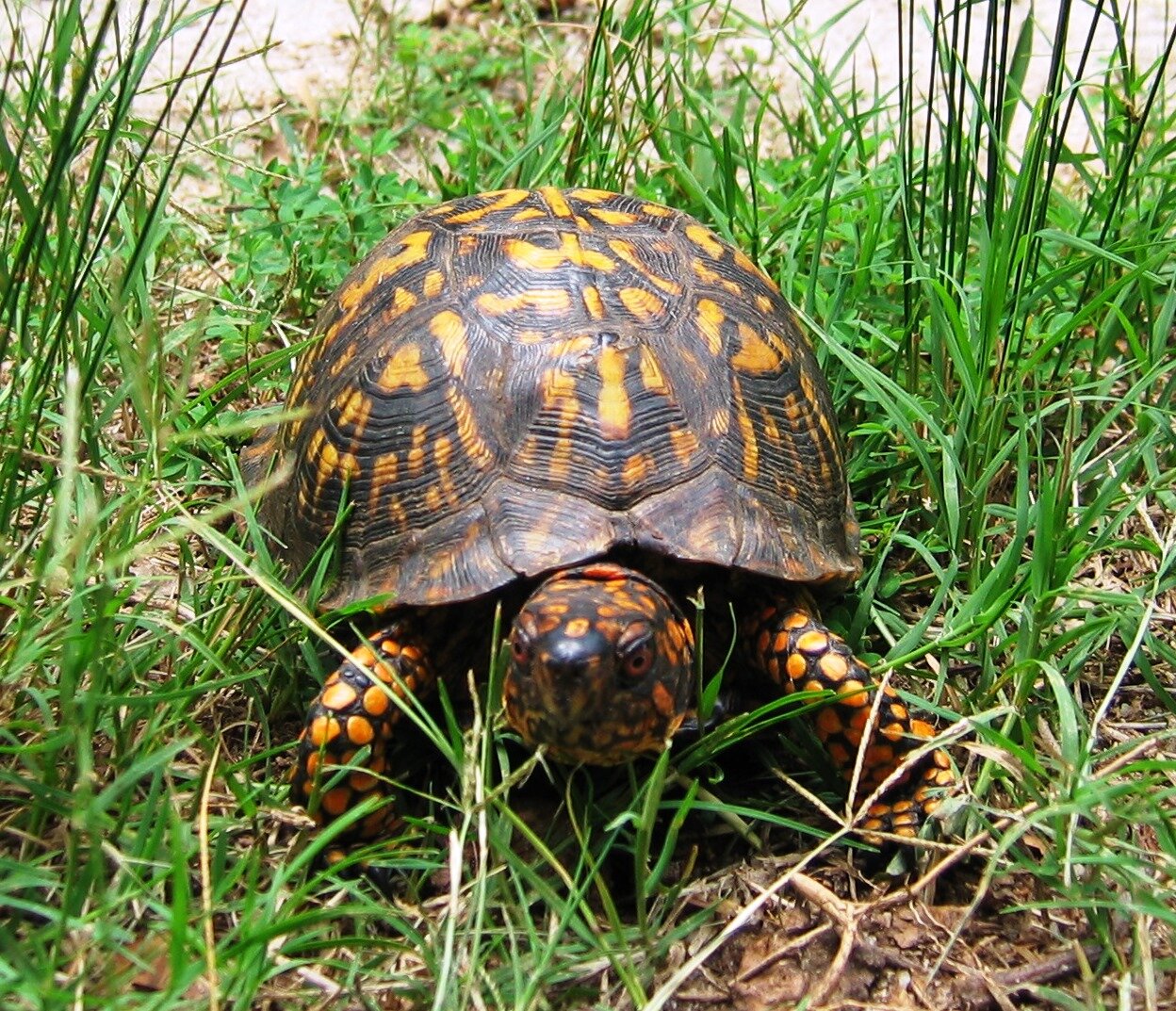Our beautiful state is part of a worldwide “hotspot” for herpetofauna, the technical term for reptiles and amphibians of a particular region. With several different habitat types from the mountains to the sea, South Carolina is home to 143 species of “herps”, which is remarkable for such a small state. The southeastern US is the world’s leading turtle diversity hotspot with at least 20 species of turtles and one tortoise.
Amphibians, like frogs and salamanders, are important indicators of environmental health. Most amphibians spend part of their life in water and part on land, and are therefore great indicators of problems in either environment. Toxins have caused deformities in frogs like missing legs or blindness, and this alerts us to problems before it causes illness to humans.
As South Carolina’s human population continues to grow, all of our wildlife face continued threats from habitat destruction due to pollution, climate change, and invasive species. Herps also face significant threat from collection and sale for the pet trade, food and Asian traditional medicine.
Eastern Box Turtle, by Lovelace Compton
Last August, 200 turtles were confiscated from a property in Chester County before they were sold on the black market. This type of activity has been going on for years, but this case received a lot of public attention and highlighted SC’s weak trafficking laws. Our state has become the destination for people to exploit our herps because we don’t have adequate protections in place.
The law currently permits unregulated trapping and sale of striped mud turtles, southeastern mud turtles and eastern musk turtles. For another nine turtle species, the state limits their transport over state lines. A key loophole in the law allows wildlife traders to legally hold as many turtles as they want on their property in anticipation of selling them illegally.
The overseas pet trade has very high profits, and the chance of getting caught has been very low, as are the penalties. Eastern box turtles are in very high demand and can bring in $1000-$5000 each. Other species in demand are spotted turtles, diamondback terrapins, pine snakes, scarlet king snakes, and many others of our native species.
Bills were introduced in the House and the Senate in January that would strengthen our laws and give the South Carolina Department of Natural Resources (SCDNR) more tools to apprehend and penalize illegal wildlife traffickers. Both bills enjoy overwhelming support, but the House bill, H.4831, has advanced further and is still eligible to be considered and passed later this year.
The bill would make it unlawful for a person to sell, purchase, trade, possess or transfer any native reptile or amphibian species. It does allow SCDNR to continue to work with stakeholders to allow sustainable trade in important species that are bred in captivity.
The bill would also make it unlawful to release captive non-native reptiles and amphibians into the wild and authorizes SCDNR officials to prohibit or restrict possession of certain non-native species. Invasive species like Burmese pythons and Argentine black-and-white tegu lizards are expanding their reach across the southeastern United States, wreaking havoc on native ecosystems.
Passage of this bill would mean much better protection for our native herps.
But, what about the victims of trafficking cases…what happens to the confiscated animals? Unfortunately, it’s impossible to just release them. Many turtles are territorial and since we can’t identify where they came from, it’s difficult to get them back to their home range. Confiscated animals have also sometimes been exposed to pathogens that could infect wild populations.
The box turtles from the Chester County case became part of the “Bulldogs for Box Turtles” project at the Savannah River Ecology Laboratory, run by the University of Georgia. This project creates a conservation strategy for assessing and rehabilitating confiscated turtles. The Chester County turtles had genetics and health samples collected. Through collaboration between SREL, SCDNR, and the U.S. Forest Service, the turtles were then moved to a constructed outdoor enclosure. They have now been released with radio-transmitters so they can be monitored. The behavior and survival rate of these turtles will help shape the conservation strategy for future confiscations.
Hopefully, happier days are ahead for our herps!
Sara Green
Executive Director
South Carolina Wildlife Federation
For more than 89 years, the South Carolina Wildlife Federation has been conserving and restoring South Carolina's wildlife and wildlife habitat through education and advocacy! For more information: www.scwf.org
Article printed in the Spartanburg Herald-Journal on July 5, 2020


